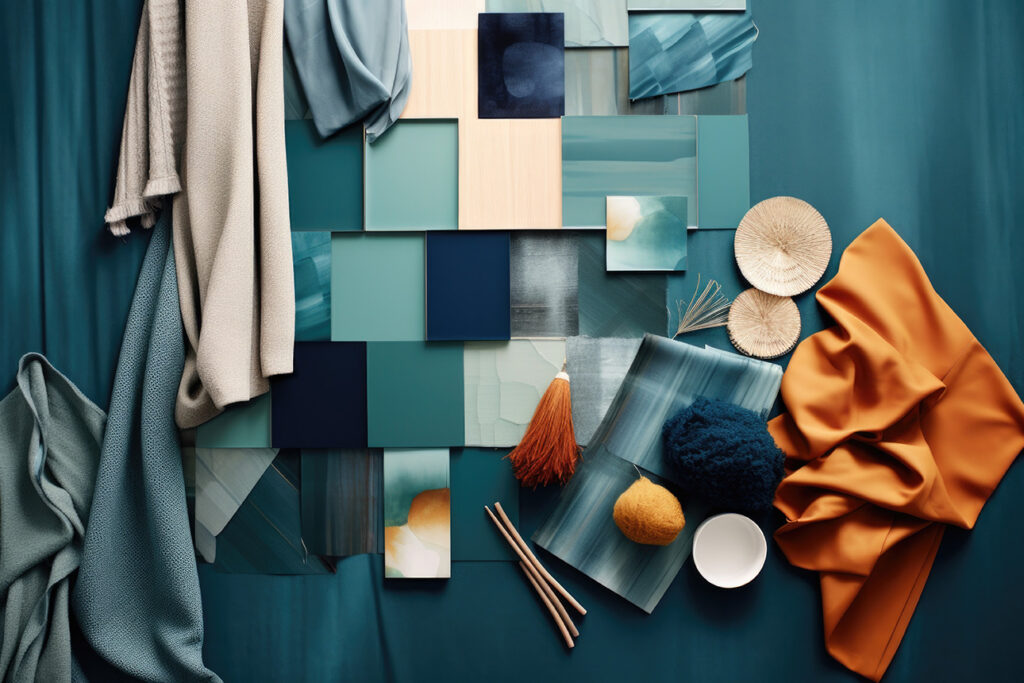In the digital realm, where first impressions are pivotal, a website’s visual appeal is paramount in captivating and retaining visitors. Understanding the audience’s preferences, emotions, and visual inclinations is the cornerstone of creating an engaging online experience. One powerful tool that aids in this endeavor is the mood board—a dynamic collage of visuals, colors, textures, and typography that encapsulates the essence and vibe of a brand or project.
Unveiling the Target Audience
Deciphering Preferences
Mood boards serve as a gateway to uncovering your potential audience’s aesthetic preferences and emotional resonance. By curating a collection of images, colors, and design elements that resonate with the brand’s vision, it becomes easier to decipher the visual language that speaks directly to your target demographic.
Gathering Inspiration
Start by gathering a diverse range of images, from photography and illustrations to typography samples, that encapsulate the ethos of your brand. This assortment helps distill the essence of what appeals most to your intended audience.
Defining Personas
Assemble mood boards that represent various personas within your target audience. Whether it’s the minimalist aficionado, the bold and adventurous, or the serene, each persona can be visually characterized through distinct mood boards.
Leveraging Secondary Palettes for Web Aesthetics
Exploring Color Psychology
Colors evoke emotions and perceptions. Secondary palettes derived from mood boards can be instrumental in conveying the right emotions and enhancing user experience. Delve deeper into color psychology to comprehend how different hues influence mood and behavior.
Establishing Harmony and Contrast
Secondary palettes assist in establishing harmony and contrast within website designs. While primary colors embody the brand identity, secondary palettes facilitate creating complementary shades for backgrounds, buttons, and text that ensure readability and visual appeal.
Enhancing User Engagement
A thoughtfully crafted secondary palette derived from mood boards improves user engagement. It guides users’ focus, emphasizes crucial elements, and fosters a seamless and enjoyable browsing experience.
Implementing Mood Board Insights in Web Design
Iterative Design Process
Integrate the insights gleaned from mood boards into the iterative design process. Experiment with various color combinations, textures, and visual elements to create a cohesive and captivating website layout.
Feedback and Refinement
Seek feedback from potential users or focus groups to validate design choices influenced by mood board findings. This iterative approach ensures that the website resonates harmoniously with the intended audience.
In conclusion, mood boards serve as invaluable assets in unraveling the visual preferences of your target audience. In contrast, secondary palettes derived from these mood boards contribute significantly to web design aesthetics. By leveraging these tools, web designers can craft visually compelling and user-centric websites that resonate deeply with their intended audience, fostering a lasting and meaningful connection.

